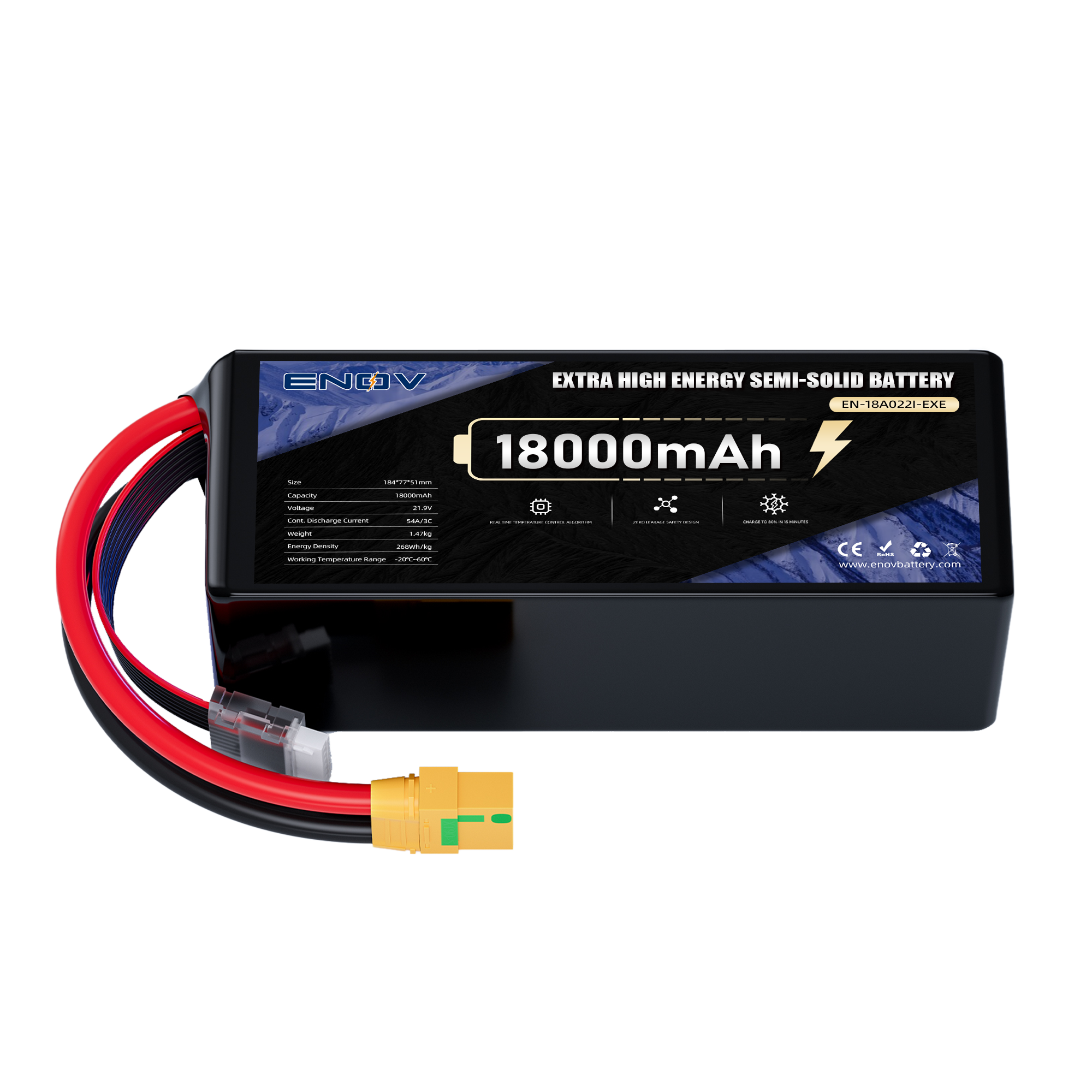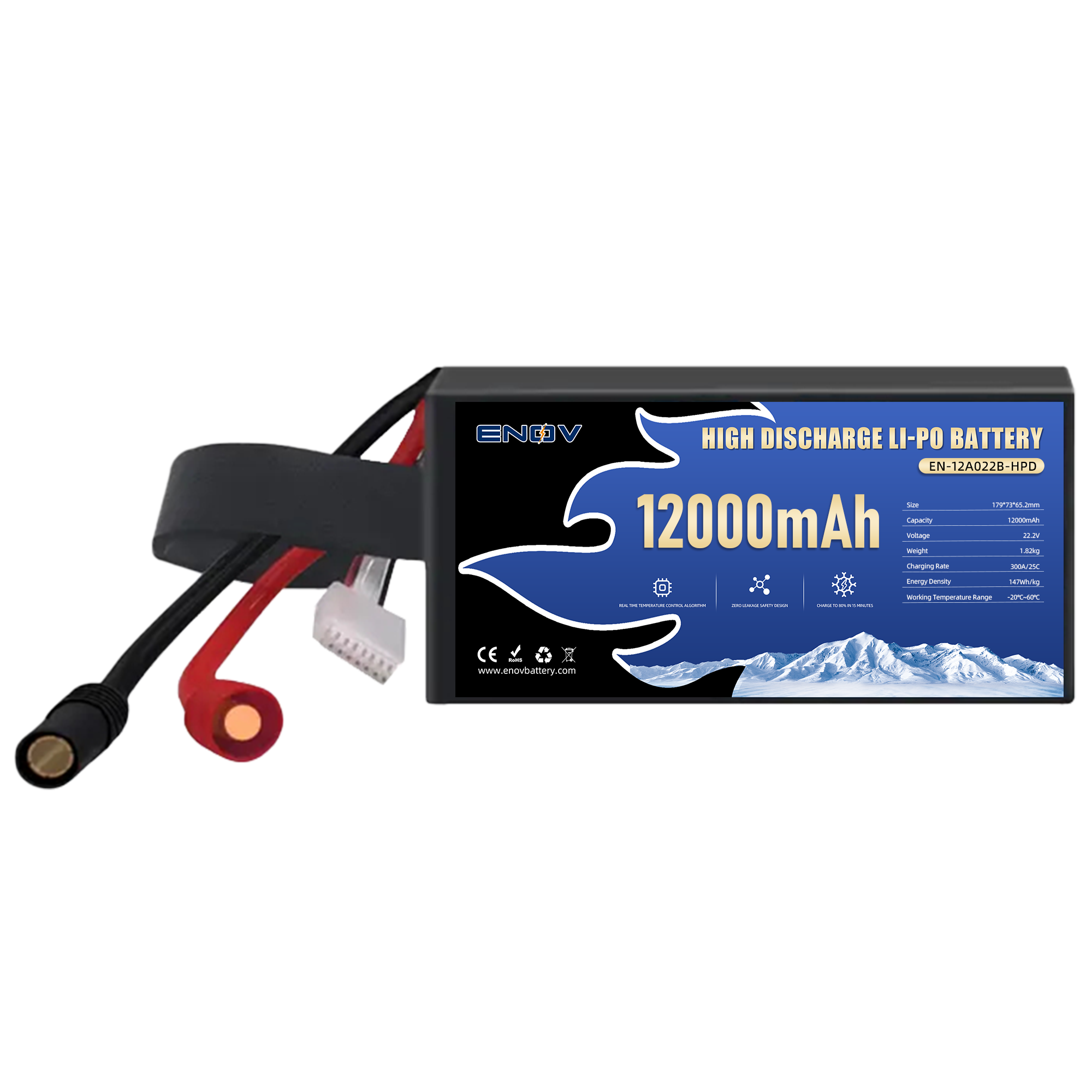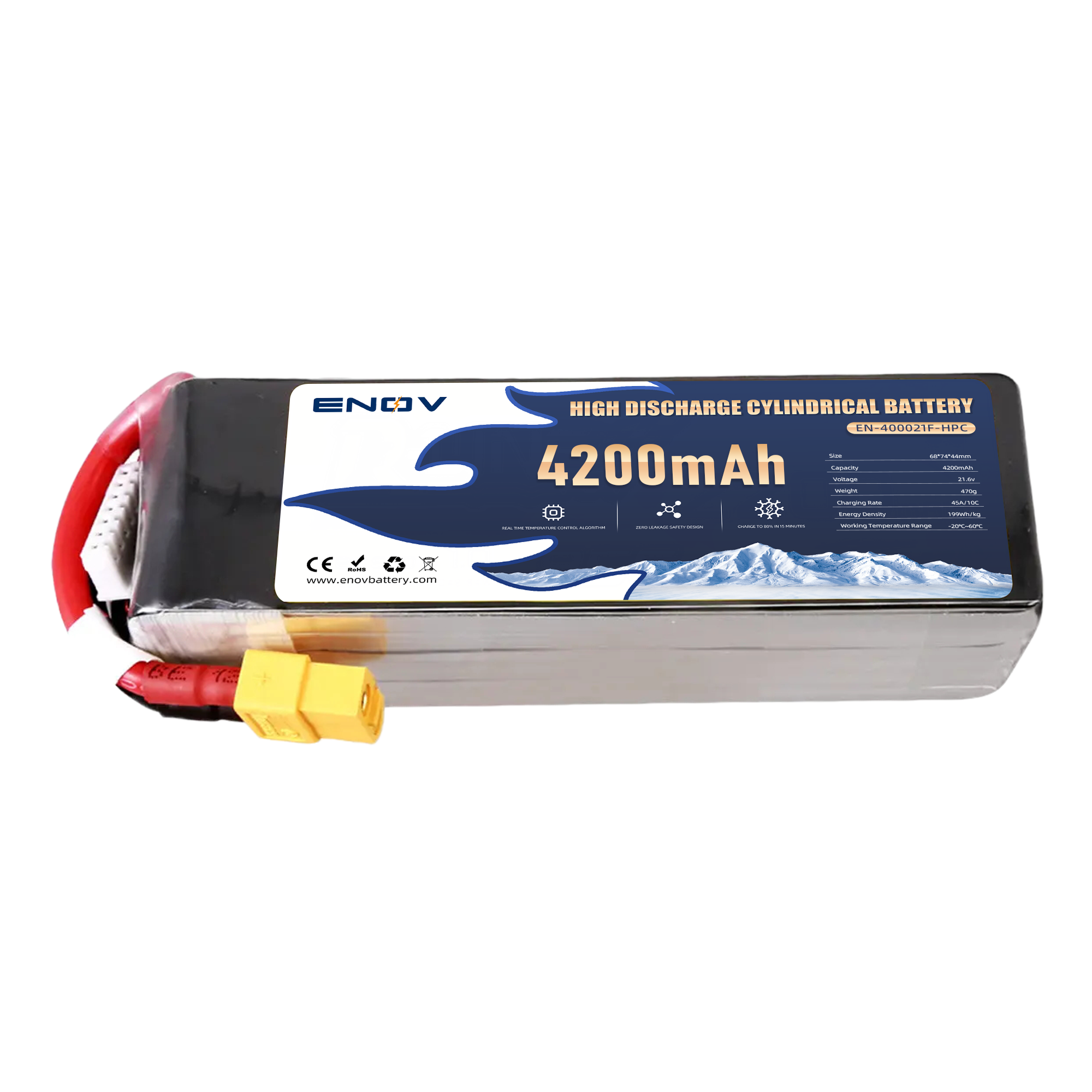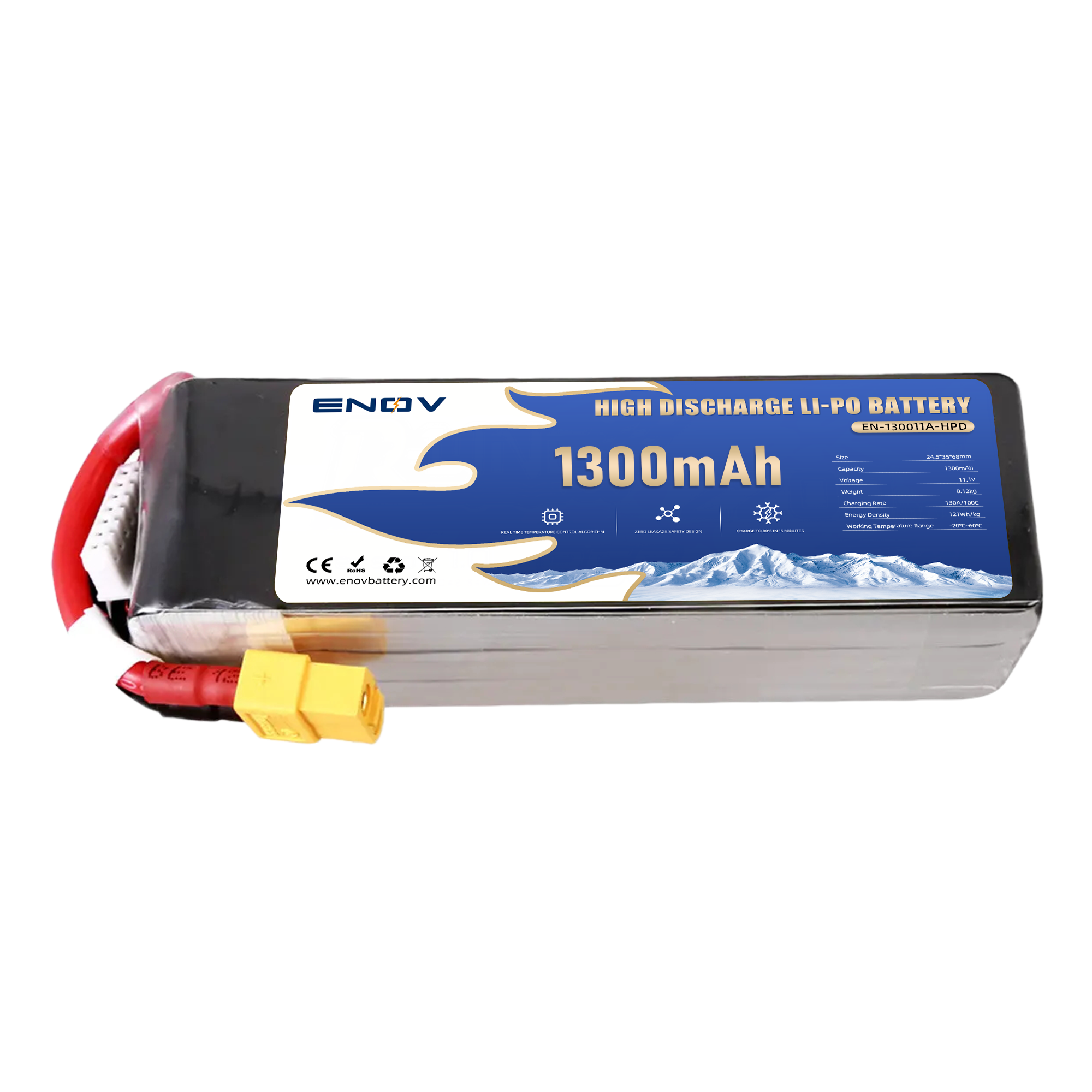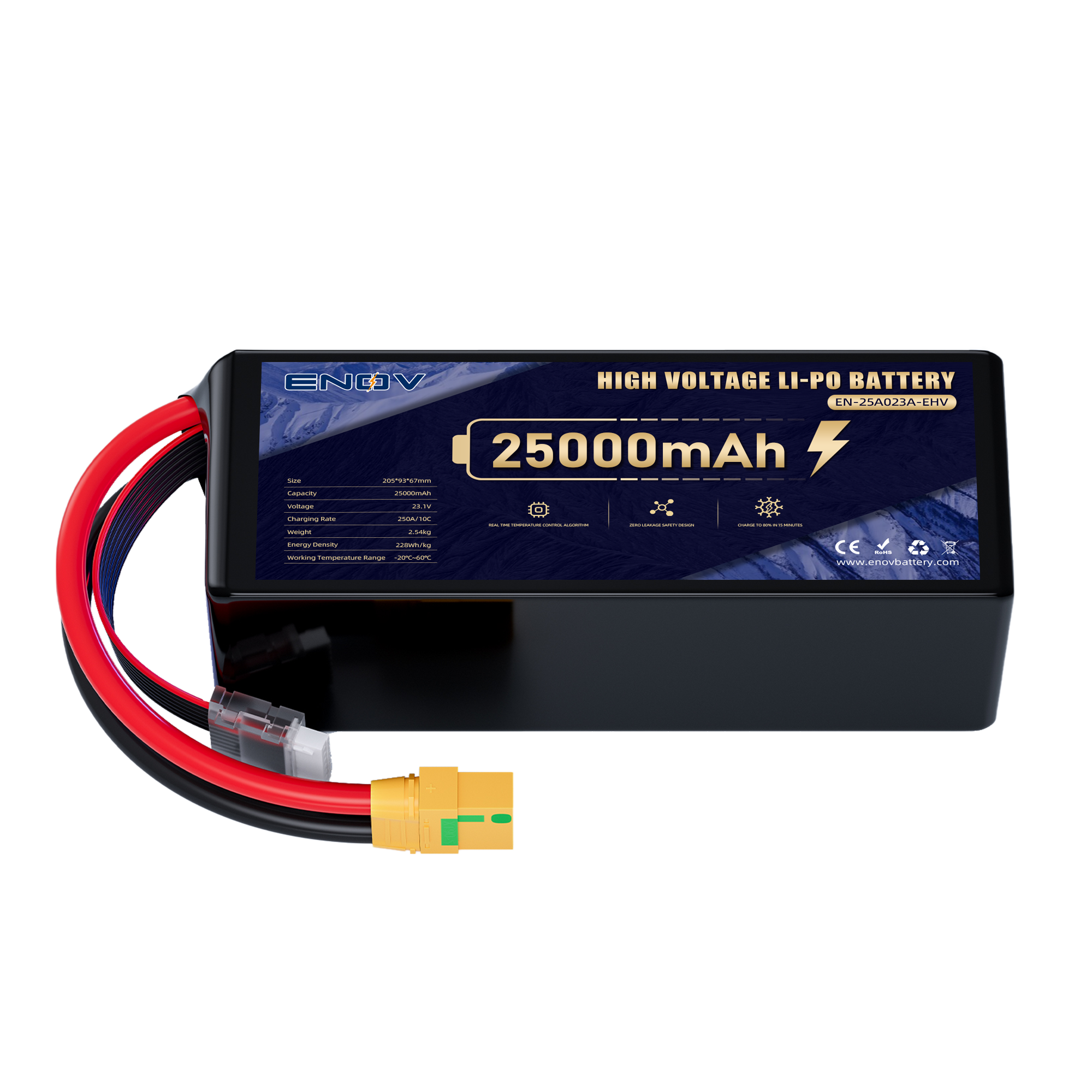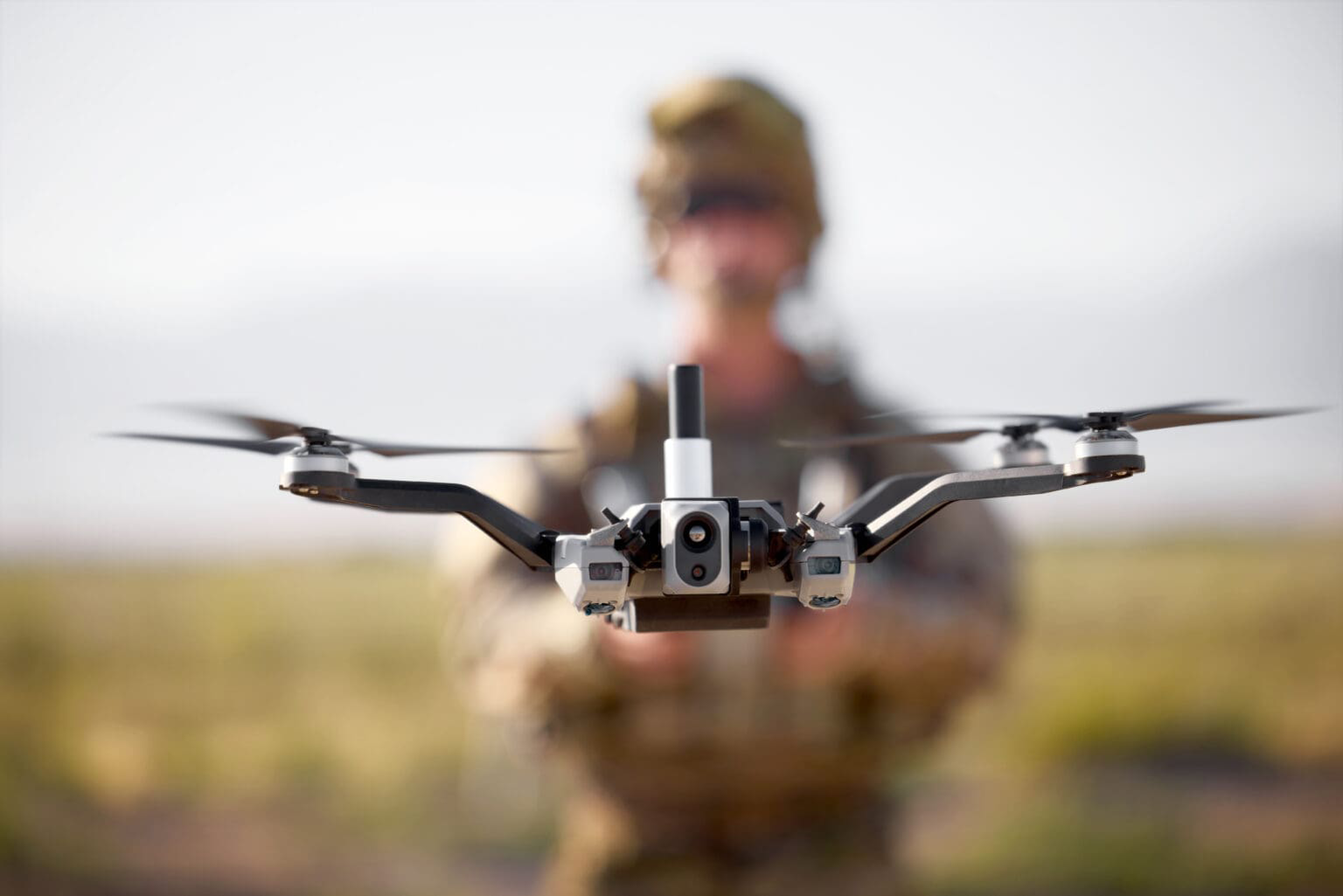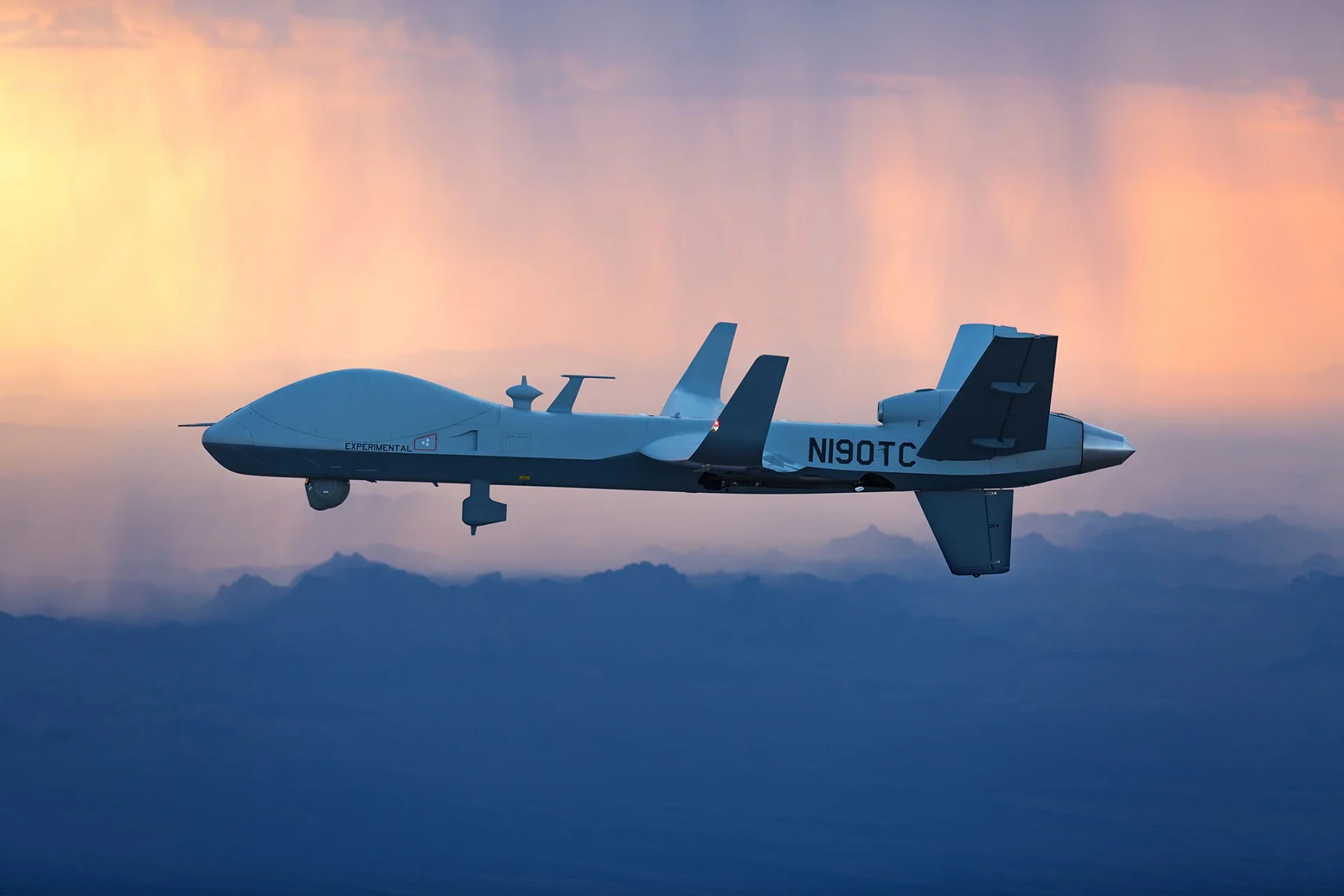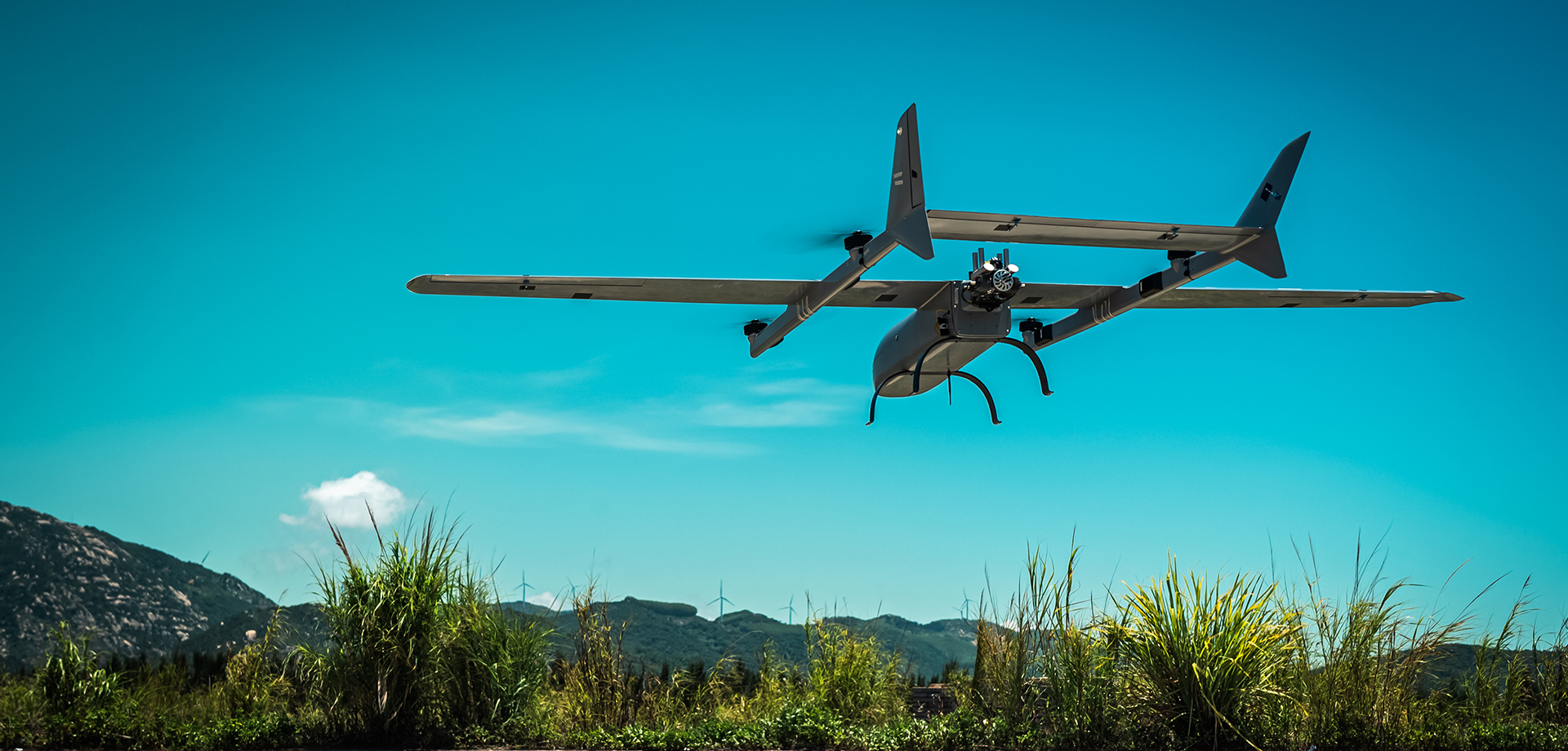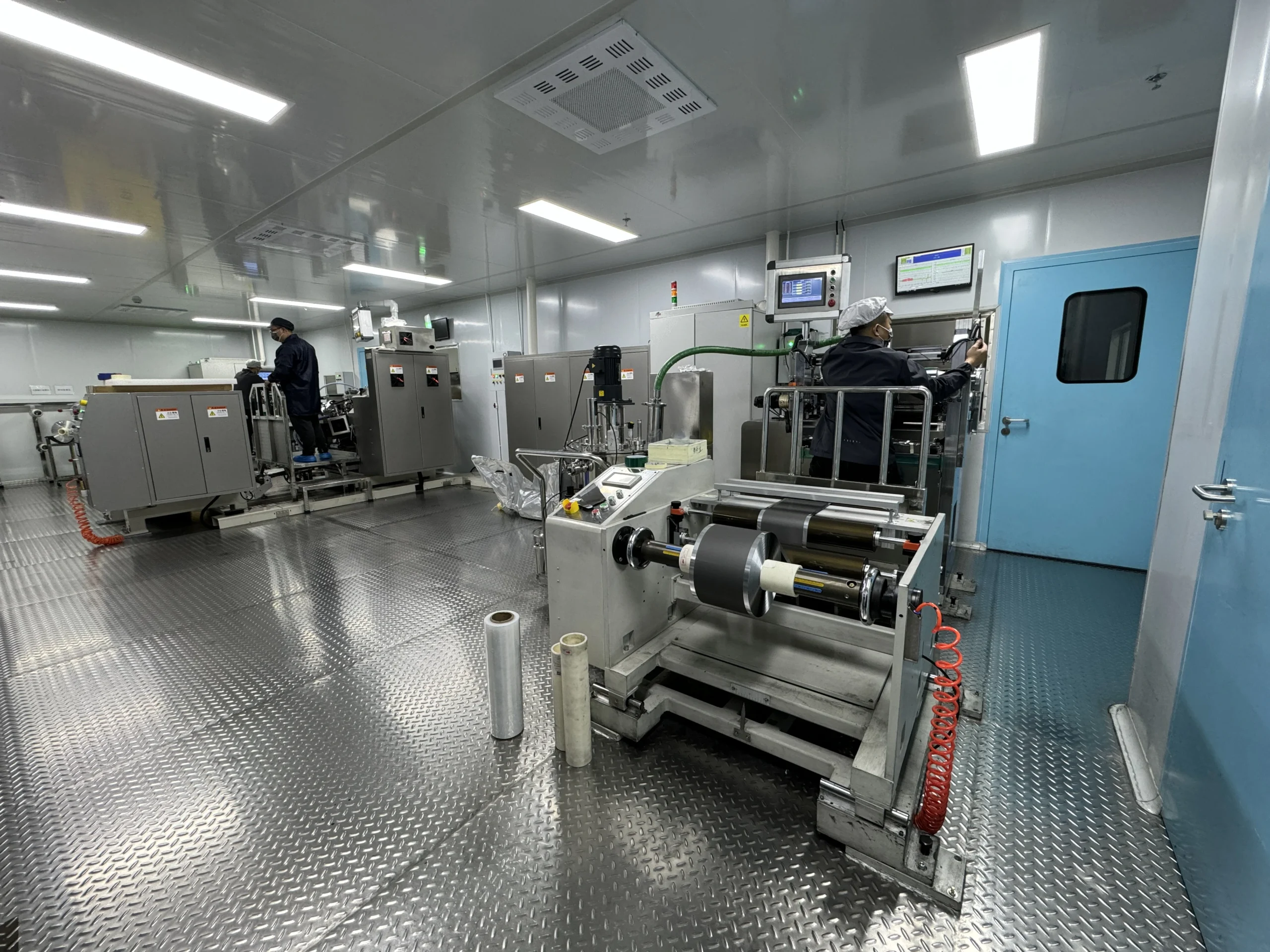Capacity Mislabeling Detection Guide: 3 Steps to Measure Discharge Energy with a Coulomb Meter
Mislabeled capacity is a common issue with low-quality drone batteries, leading to inflated specs and poor performance. To verify true energy output, a coulomb meter is your most reliable tool. This guide explains how to detect capacity mislabeling in three simple steps, ensuring you get batteries that match their claims.
main content
Step 1: Fully Charge the Battery
Begin by charging the battery to 100% using a trusted charger. Ensure voltage stabilizes at the manufacturer’s stated maximum (e.g., 4.2V per cell for LiPo). Inconsistent charging or premature stops can skew results.
Step 2: Connect the Coulomb Meter
Attach the meter between the battery and a controlled load (e.g., a resistor or drone motor). Set the meter to track discharge energy (in watt-hours). Avoid interruptions—continuous discharge mimics real-world usage.
Step 3: Calculate Actual Capacity
Discharge the battery until it reaches the cutoff voltage (typically 3.0V per cell). Multiply the meter’s recorded ampere-hours (Ah) by average voltage to get watt-hours (Wh). Compare this to the labeled capacity. Deviations over 10% indicate mislabeling.
Why Accuracy Matters
Batteries with overstated capacity fail faster under load, risking mid-flight crashes. A coulomb meter test takes 30 minutes but saves long-term costs. For example, a "5000mAh" battery showing only 4200mAh has likely been cycled excessively or poorly manufactured.
Conclusion
Capacity mislabeling undermines drone safety and efficiency. By using a coulomb meter, you can expose false claims in three steps: charge fully, measure discharge, and compare results. Always prioritize suppliers who provide third-party test reports. Don’t gamble on specs—trust data to power your flights.
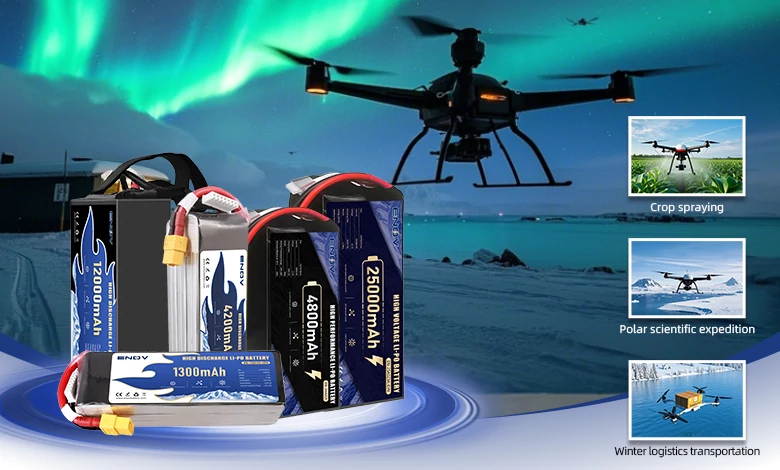
UAV DRONE battery
Enov UAV battery has the most advanced UAV battery new technology, it has a lightweight structural design, ultra-high energy density, stable continuous discharge, customized ultra-high instantaneous discharge, wide temperature working range, stable charge and discharge, battery materials can choose high nickel terpolymer positive/silicon carbon negative material system combined with semi-solid battery technology. Or choose a more mature application of more UAV lithium battery technology, available UAV battery nominal voltage 3.7V, capacity 18.0Ah ~ 30.0Ah, support 10C continuous discharge and 120C pulse discharge (3 seconds). With ultra-high energy density (220-300Wh/kg) as its core advantage, Enov UAV batteries can meet the needs of long-term endurance scenarios such as plant protection drones and transport drones, while maintaining stable emission performance in extremely low temperature environments (-40℃).
Other products
START-STOP LITHIUM BATTERY
LITHIUM ENERGY STORAGE BATTERY
QUICK INQUIRY
FAQ
Access to high frequency technical questions with one click, get accurate answers on product application, after-sales policy and customization process.
Service and Support
Get the latest product specifications, explore professional OEM/ODM customization services, click to open exclusive technical support and production solutions.
Become a Partner
We sincerely invite resources to interconnect, work together for win-win development, and immediately open a new chapter of strategic cooperation!
